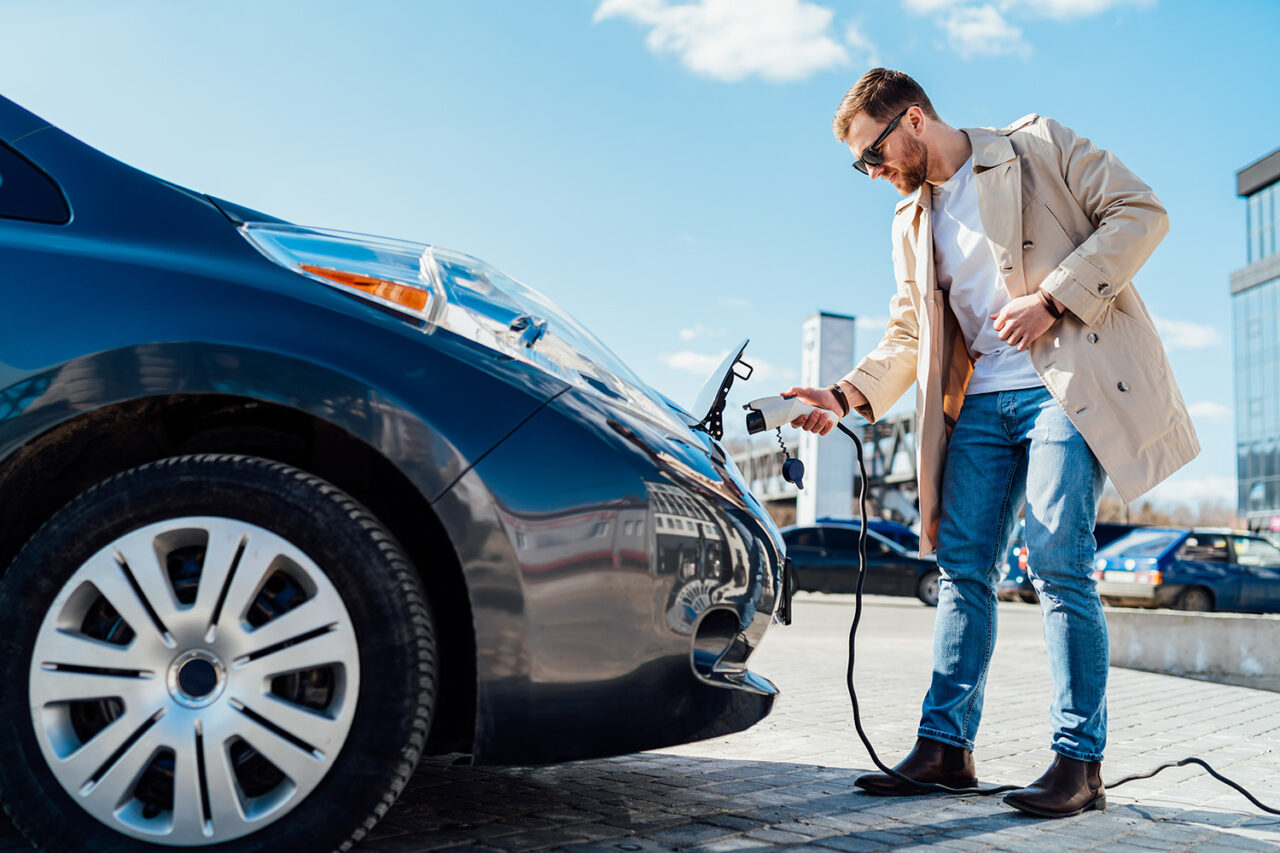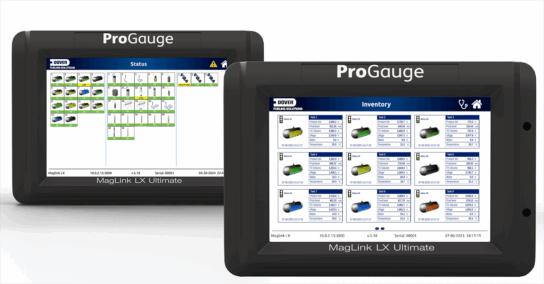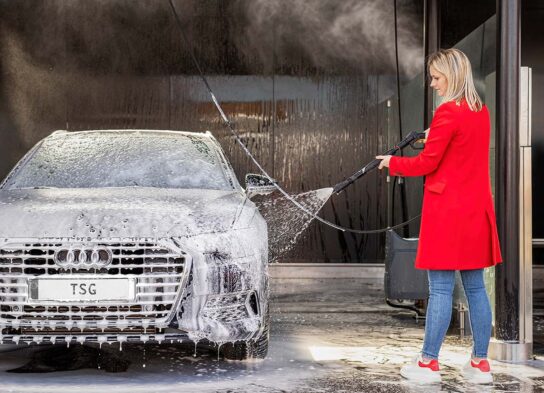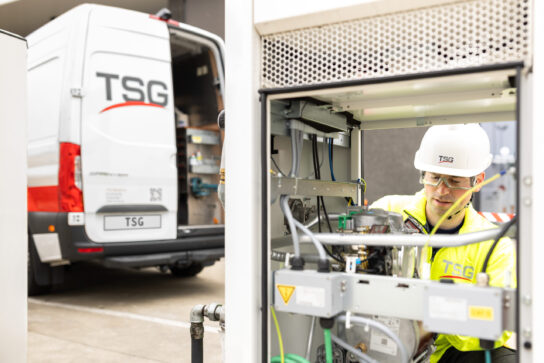With the rapid rise of electric vehicles, questions arise about how and where all these EV drivers can or will charge their cars. With service stations for refuelling on every block, it seems logical to expect that a similar network of public charging stations would be needed to refuel, or in this case recharge.
However, EV chargers can be installed in many places (public and semi-public) when service stations cannot, such as: malls, workplaces, offices, car parks, hotels, and restaurants. Anywhere where a car is parked for a mid to a long time. This type of charging is called ‘destination charging’.
2.9 million charging points needed in Europe by 2030
To drive long trips with electric vehicles, rapid charging (with DC Fast chargers) and destination charging are both necessary. DC Fast chargers are great for making stops along the highway and charging your car in a rapid pace to 80%, but there are many other destinations where an EV driver stops and charges their EV, that help make longer journeys with EVs possible.
According to the masterplan Recharge EU from T&E, to keep up with the rise of EVs, which is estimated to be around 13 million in 2025 and 33 million in 2030 with the current policy scenarios (and even 44 million in 2030 with the climate-neutral policies), the number of chargers needs to rapidly increase. T&E states that 1.2 million to 1.3 million charging points are required in 2025 and 2.2 million to 2.9 million in 2030 (depending on which policies, current or climate neutral).
By end of December 2021, 260.000 Publicly accessible Charging points were available in Europe of which less than 36.000 were fast chargers (with a power above 22kW), according to the European Statistic organism EAFO.
Home charging, public charging, and ‘the right to plug’
In order to achieve the required charging infrastructure, the way chargers are distributed, needs to change as well. Because when too many EVs charge at the same place and at the same time, the electricity grid may be overloaded. And if chargers are not fairly distributed within a region, long waiting lines will occur to charge and continue a journey.
When EVs were just introduced, charging at home was most common. This is still mainly the case. However, the focus is now shifting from home charging to workplace and public charging. EV chargers are being added to a variety of private and public sites, so drivers can charge their EV during their stay at the office, hotels, restaurants, malls, hospitals, cinemas, and so on.
This type of charging, which is called ‘destination charging’, includes mostly slower chargers, as EV drivers spend some time on the location. The vehicle can be charged in a few hours, instead of 30 minutes to 1 hour, which is the case for (ultra) fast charging. With destination charging, EV vehicles are being charged at a slower pace, preventing a grid overload.
Destination charging will eventually shift towards ‘having the right to plug’. This means EV drivers can plug in their car literally anywhere. Which will happen when cars with a traditional combustion engine aren’t sold anymore and gradually decline in use. Creating the possibility to provide even more public parking spots with an EV charger, as there is a higher demand for it. In Europe, the last combustion engine car shall be sold in 2035.
The advantages of destination charging
Destination charging brings a few advantages:
- It is convenient for the EV driver as the charging is done transparently in parallel to another activity.
- It provides an answer to ‘road anxiety’. EV drivers are assured they can charge at their destination, not run out of battery, and can make the journey back home.
- It prevents long queuing for fast charging at a service station.
- It prevents an overload on the grid, as most EVs charge at a slower pace.
Why your business should be a destination for EV drivers
As mentioned before, EV chargers are being added to many public or semi-public sites. Installing EV chargers at your business site also brings great benefits in return. By adding easy-to-use and high-quality chargers to your site, you:
- will attract a different category of consumers: EV drivers.
- benefit from EV drivers as visitors, as they tend to stay longer at one place.
- provide a better overall experience for the EV drivers amongst your customers, visitors, or employees.
- contribute to creating the required infrastructure and building a more sustainable future.
Interesting to read: The different types of EV chargers explained.
TSG is your sustainability partner for installing EV chargers
Our TSG Charge team builds E-mobility solutions that fit the needs of your business. Our Charge experts can advise you on the type of chargers and number of chargers you can install on your site, on what location chargers are best placed, and which specific local requirements or regulations you should take into account. Creating the best e-mobility experience for you!
Find out more about TSG Charge Solutions, or contact our sales team.



